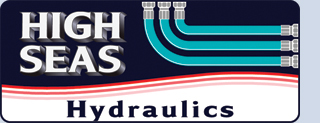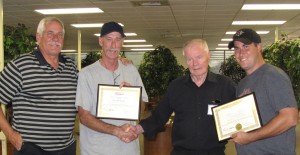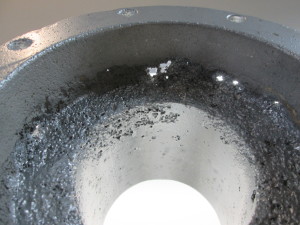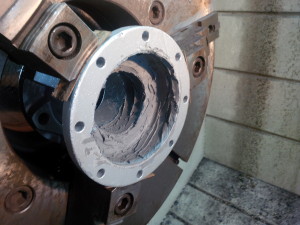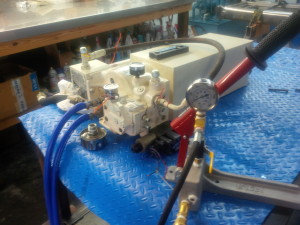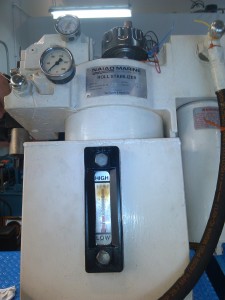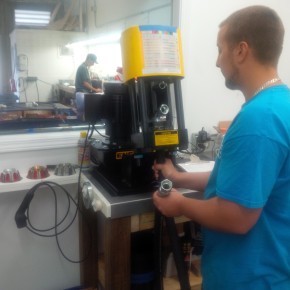 At High Seas Hydraulics and High Seas Yacht Service, we take pride in the high level of service we provide our customers. One way to continue that tradition is to make sure our technicians receive the latest training on new and emerging marine systems.
At High Seas Hydraulics and High Seas Yacht Service, we take pride in the high level of service we provide our customers. One way to continue that tradition is to make sure our technicians receive the latest training on new and emerging marine systems.
We recently sent two of our hydraulics technicians to ABT•TRAC training in Rohnert Park, CA. ABT•TRAC is a leading manufacturer of world class yachting products. The Company specializes in stabilizers, bow and stern thrusters, and hydraulic systems.
During the training, our technicians honed their skills on re-building bow and stern thrusters, stabilizers and other hydraulic systems. Part of the training focused on installation and service for ABT•TRAC’s STAR and ReTrac systems. STAR is an option on all of ABT•TRAC’s stabilizers and provides vessels roll stabilization while at anchor or laying to. Introduced in 2013, ReTrac is the Company’s first retractable thruster.
After completion of the training and passing a comprehensive exam, our technicians are now Factory Trained and Certified to work on all types of ABT•TRAC systems. An added bonus of the training session, our technicians arrived back at our shop with comprehensive schematics for a number of hydraulic systems.
We firmly believe that to remain a trusted partner to our customers, we must remain on the cutting edge of technology.
